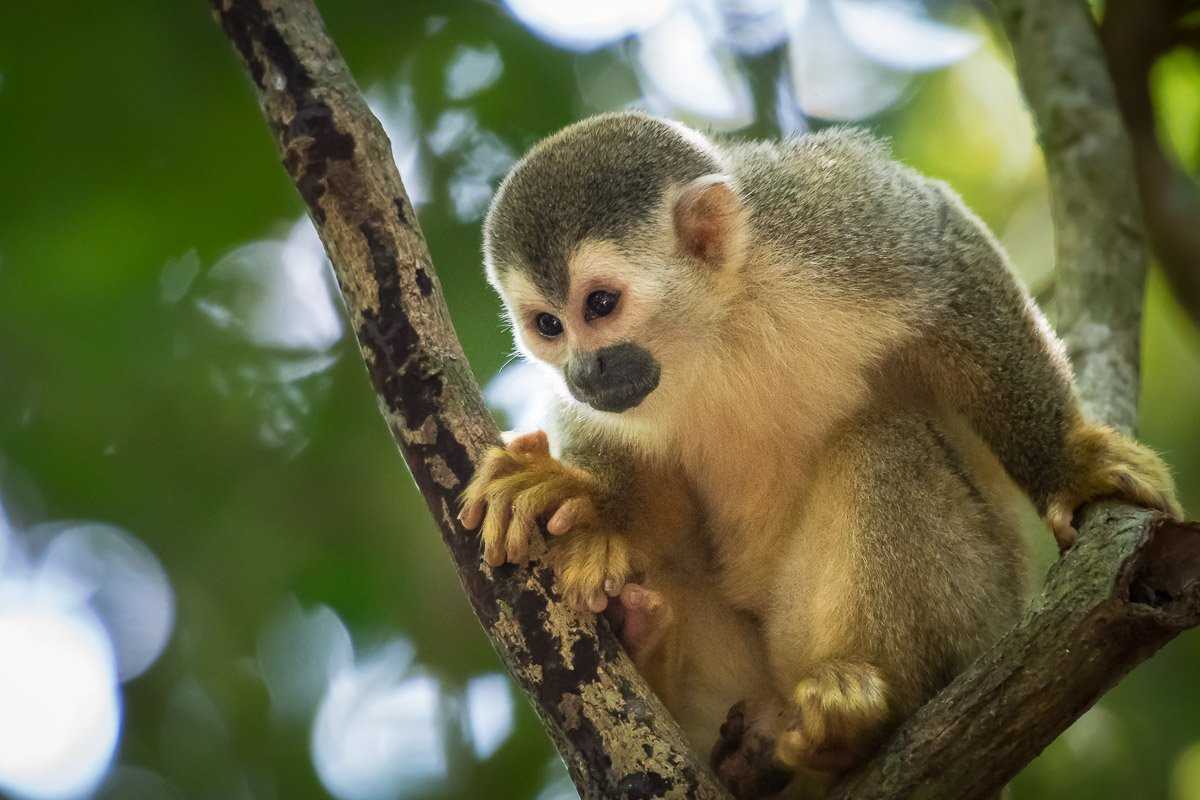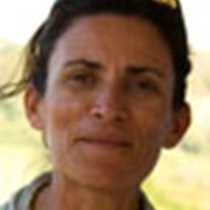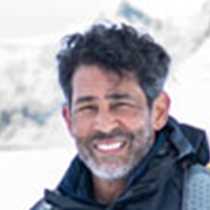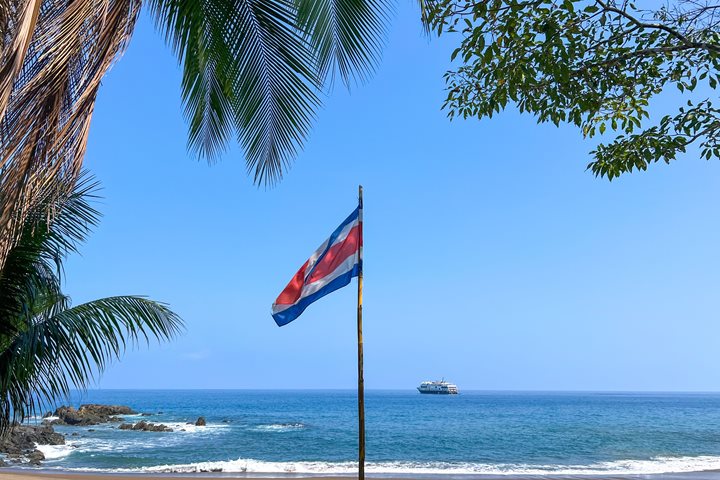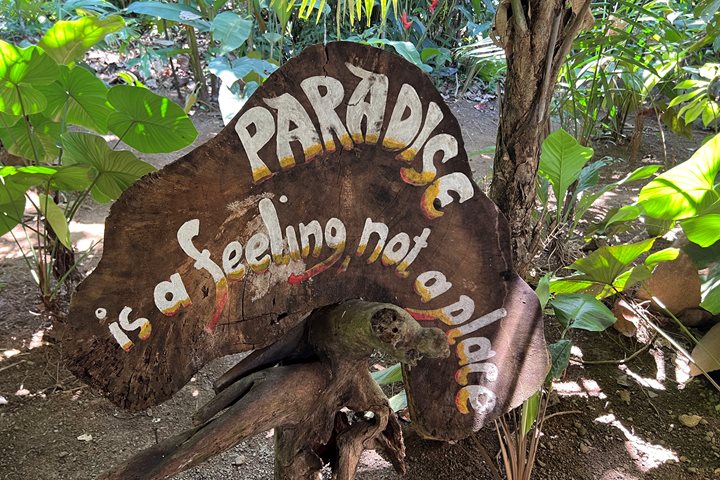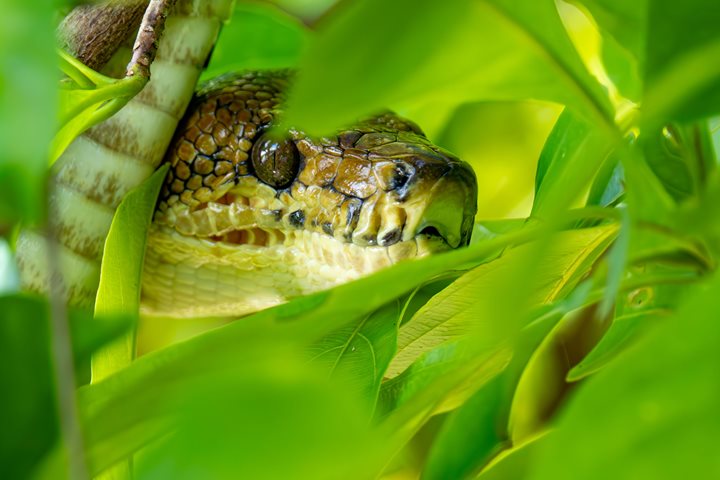The last day of our journey, also the last day of the finishing season, had us waking up just off of Manuel Antonio National Park’s white sandy beach and to the calls of the ever so loud howler monkeys. Manuel Antonio, the smallest and the second most visited national park, after the Poas Volcano, has a lot to offer to all that come ashore.
Manuel Antonio was established as a national park in 1972, after a long and expensive fight against developers, who wanted to buy the property, 3,600 hectares, to build resorts and tall buildings to set as hotels. The community got together, and with the help of investigators, who were keen on protecting the quickly disappearing Central Pacific transition forest, managed to establish the site as a refuge first and later as a national park. Nowadays, it takes people from the main cities in the central valley, only 4 hours to get to Manuel Antonio, and most Costa Ricans bring their foreign visitor friends to the park.
Bright and early, we disembarked onto Espadilla Sur beach, where we could choose between two main walks: the longer and tougher Punta Catedral trail and the more relaxed Sloth Valley trail. Where ever we chose to go, this park is always sure to provide a long list of highlights. White-throated or faced capuchin monkeys, howler monkeys, crab-eating raccoons, two and three-toed sloths, ctenosaur and basilisk lizards, white tail deer and quite an array of birds, such as the yellow headed caracara, various flycatchers, antbirds, and ant shrikes, comprise the list of wild species. On top of this explosion of animals, the white sandy beaches and warm waters of the Costa Rican Central Pacific made for a wonderful last day in the tropical forests of Central America.

